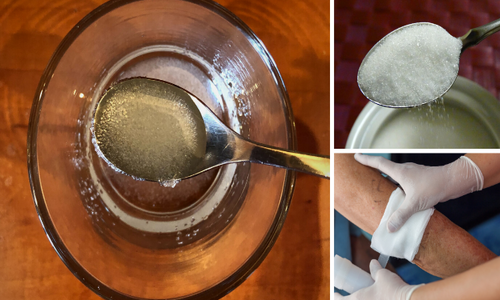
This article was originally published by Charl M. on askaprepper.com
Being outdoors is a great way to get in touch with nature and experience all the beauty of the natural world.
However, it is essential to remember that there are potential risks associated with outdoor activities, including the possibility of injuries.
Whether it is a minor scrape or cut or a more severe wound, it is essential to be prepared to treat any damages that may occur.
For preppers and outdoors enthusiasts, having the right supplies and knowledge to treat wounds is integral to being prepared for any situation.
Treating Injuries
In a post-SHTF world, having the skills and supplies to care for yourself and your loved ones’ medical needs becomes an absolute necessity.
Without access to medical resources, the ability to treat wounds quickly and effectively will mean the difference between life and death.
Basic first-aid knowledge is essential; knowing how to properly clean, dress, and treat injuries can save lives.
A well-stocked first-aid kit should be part of every prepper’s survival strategy. To prepare for worst-case scenarios, you should consider stockpiling a variety of medical supplies that can handle everything from minor cuts to serious injuries.
Learn more here about the 10 medical supplies you need to stockpile before it’s too late. With the right supplies and knowledge, preppers can ensure that their wounds are treated quickly and effectively and that they can stay healthy and safe in a post-SHTF world.
Sugar As A Wound Dressing
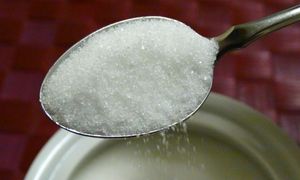
Sugar is known to have wound-healing properties, with scientific papers from as early as the 1800s confirming this fact.
Sugar has a chemical structure that draws out moisture, which helps reduce bacterial populations and inhibit bacterial growth.
As a result, sugar has an anti-microbial effect, which reduces the ability of bacteria to reproduce, thus preventing the spread of infection, making it an ideal choice for preventing disease and promoting wound healing in a post-SHTF world.
Sugar is an excellent wound-healing substance for preppers and outdoors enthusiasts. It is readily available, lightweight, and easy to transport.
In addition, it has a long shelf life and will remain effective as long as it is kept dry.
What Form Of Sugar To Use
Sugar can be used in dry granulated form or mixed with water and other substances to make pastes and salves.
Granulated sugar is the most commonly used for wound care, as it is easy to find and apply. Castor sugar is a little finer than granulated sugar and may be helpful for wounds on sensitive areas.
Icing sugar can also be used, but because it is much finer, it may not be as effective for more extensive or deeper wounds. Whichever type of sugar you use, gently apply it to the damage and cover it with a clean bandage or dressing.
To use it for wound healing, mix one teaspoon of sugar with a small amount of water to create a paste. This paste can be applied directly to a wound and left on for at least 15 minutes.
The sugar draws the fluid from the injury, promotes healing, and reduces the risk of infection. Sugar can also help to stop bleeding and reduce swelling.
Burns
Burns can be dangerous and painful, so treating them quickly and effectively is essential. One natural remedy that can be used to treat burns is sugar.
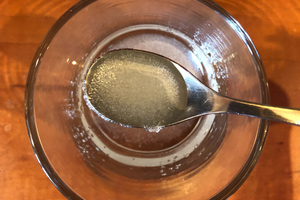
When sugar is applied to a burn wound, it helps to draw out the heat, reduce inflammation, reduce the pain and prevent infection.
Additionally, sugar can create a paste that can be applied directly to the wound to help speed up the healing process.
Abrasions
Sugar is an effective first-aid treatment for abrasions. When applied directly to the wound, sugar helps to draw out moisture from the injury and reduce swelling.
Additionally, sugar helps to create an environment that is hostile to bacteria, reducing the risk of infection. To use sugar to treat abrasions:
- Clean the wound and cover it with a thin layer of sugar.
- Leave the sugar until a scab forms, and then rinse the wound with clean water.
- Reapply the sugar as needed until the wound has healed completely.
Cuts & Scrapes
Sugar is an often overlooked but valuable tool for treating minor cuts and scrapes. Pack the wound with sugar for best results, and then bandage it.
This method is an effective and low-cost way to treat injuries, making it an ideal choice for preppers and outdoors enthusiasts.
Bacterial Infections
Sugar has long been used as a natural remedy for bacterial infections such as cellulitis, impetigo, and burns. When applied to a wound, sugar draws out moisture and reduces the chance of infection.
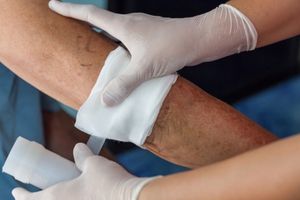
It also helps to create an environment that is hostile to bacterial growth and can even kill bacteria. To use sugar to treat bacterial infections, apply a generous amount of sugar to the affected area and cover it with a bandage.
Change the dressing daily and reapply the sugar until the infection has cleared.
Basic Wound Care And Sugar Use Principles
When dealing with a wound, it is crucial to follow the basic principles of cleaning, dressing, and caring for the injury.
First and foremost, the wound should be cleaned with clean water or a mild antiseptic solution. After cleaning, dry the wound and then apply a sterile dressing.
Drawing Out Infection
In some cases, sugar can help draw out infection and promote healing. Cover the wound in sugar to draw out the infection, and apply a moist dressing. Change the dressing every 24 hours and regularly inspect the site for signs of infection.
The wound should not be closed entirely and should be exposed to fresh air, allowing the wound to heal faster and further reducing the risk of infection.
If the wound does not appear healing or signs of infection are present, it is essential to seek medical attention.
When To Seek Out Expert Medical Advice
Below are some signs signifying trouble and that you should make it a priority to look for medical experts.
- If the wound is oozing yellow, green, or foul-smelling fluid, it could indicate the presence of an infection that is not affected by the sugar.
- If the wound is hot to the touch, it may also be infected.
- If the wound is not healing correctly.
- If the wound looks worse and you suspect that the sugar may be the cause, stop using it.
- If the person has a fever or is feeling weak or unwell.
- If these signs are present, it is best to seek medical attention.
The above mentioned measures should be viewed as emergency guidelines or temporary solutions, and I would strongly recommend seeking expert medical advice if such advice is available.
If in doubt, maybe stop using sugar for a while to see if sugar is causing or worsening the problem.

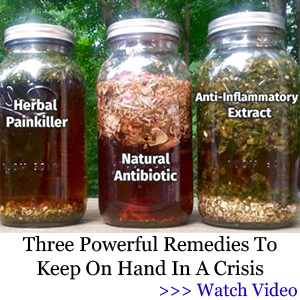

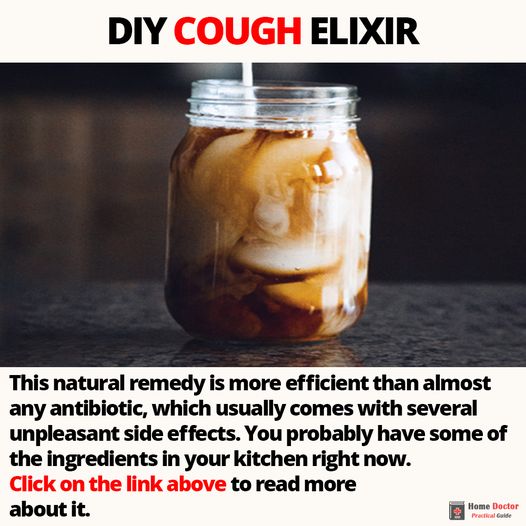
One Reply to “How To Treat And Heal Wounds With Sugar”